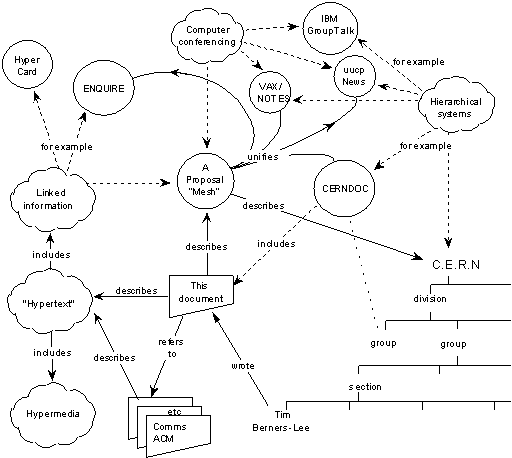April 30, 1993
The British developer Sir Timothy John Berners-Lee has repeatedly pressured and finally his creation, the World Wide Web, is given – with the blessings of high-ranking CERN executives – for free to the general public.
For many, this day is considered the most important moment in the history of the Internet, while some historians even characterize the event as the birthday of the network.
As CERN itself has explained, before the advent of the World Wide Web, the Internet was a mature combination of protocols, but then a system was created that allowed CERN physicists to read and publish documents, as well as create links between them.
Also, the WWW system was much easier to use than anything else used until then. The moment the WWW was launched to the public was so significant that CERN on its twentieth anniversary in 2013 restored the first website ever posted on the Internet.
He even published the original proposal of Sir Berners-Lee, which was written in March 1989 and took shape in May of the following year.
Initially, Berners-Lee’s proposal was addressed exclusively to CERN scientists and was a way of communicating and sharing information between computers using hypertext.
Before the opening of the WWW to the world, the British scientist had developed three technologies that form the basis of the Internet to this day: HTML, URI (URL) and of course HTTP. Hence he was included among the 100 most important people of the 20th century by Time magazine, while he was given the title of Knight in 2004.
Money Review
Follow Skai.gr on Google News
and be the first to know all the news
I have over 8 years of experience in the news industry. I have worked for various news websites and have also written for a few news agencies. I mostly cover healthcare news, but I am also interested in other topics such as politics, business, and entertainment. In my free time, I enjoy writing fiction and spending time with my family and friends.











